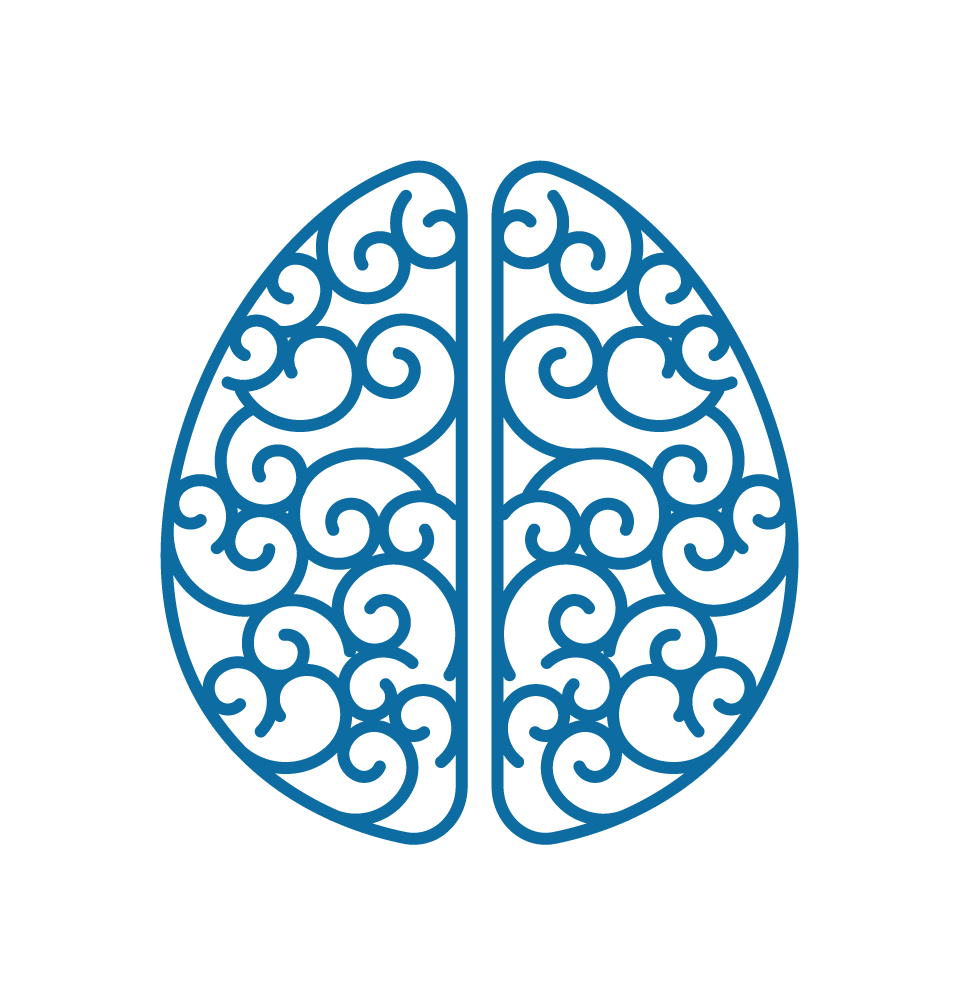How does your brain work? Meet your Power Trio!
Hey, Dr. Claudia here! Have you wondered how your brain works? In this blog, get to know the cerebrum, cerebellum, and brainstem, your brain’s most powerful team. Let’s dive in now.
Your brain is a fascinating organ that controls everything you do, from solving a math problem to keeping your heart beating. But did you know that most of this work is handled by three major areas?
Let’s break down the brain’s power trio: the cerebrum, cerebellum, and brainstem. Each one has a unique role, and together they keep you thinking, moving, feeling, and alive.
The Cerebrum: The Thinking Powerhouse
Make it stand out
The cerebrum is the largest part of your brain, taking up most of the space inside your skull. It’s where all your higher thinking happens—decision-making, memory, emotions, and voluntary movement. It is the part that makes you who you are and how you interact with the world.
Main jobs:
Thinking, planning, and problem-solving
Controlling voluntary muscle movements
Understanding and interpreting sensory information
Managing language, emotions, and memory
The cerebrum is split into two hemispheres (left and right), and each side controls the opposite side of your body. It's also divided into four lobes, each with its own specialty—from vision to touch to judgment.
The Cerebellum: The Master of Balance and Coordination
Located at the back of your brain, just under the cerebrum, the cerebellum (Latin for “little brain”) may be small, but it’s mighty.
Main jobs:
Coordinating movements
Maintaining posture and balance
Fine-tuning actions so they’re smooth and precise
Supporting motor learning (like learning to ride a bike)
Without your cerebellum, everyday tasks like walking, writing, or playing sports would feel clumsy and difficult.
The Brainstem: Your Body’s Life Support
Connecting your brain to your spinal cord is the brainstem, a small but essential part of your brain. It handles all the automatic functions you don’t have to think about—like breathing and your heartbeat.
Main jobs:
Breathing
Heart rate and blood pressure
Swallowing and digestion
Sleep-wake cycles
Reflexes (like blinking or coughing)
It’s made up of three parts: the midbrain, pons, and medulla oblongata. Together, they keep your body running in the background while you focus on everything else.
Brain Fact:
Even though your cerebellum is only 10% of the brain’s volume, it contains more than 50% of all your brain’s neurons!
Now that you’ve met your brain’s power trio, you can appreciate just how much your brain does for you every second of every day. Understanding the basics of brain anatomy is the first step in taking better care of it through rest, movement, nutrition, and curiosity.
Want more brain tips and fun facts? Follow me on my social networks as Neurocurious for more simple neuro facts.
¿Cómo funciona tu cerebro? ¡Conoce a tu Trío Poderoso!
¡Hola, Dr.Claudia esta aqui! ¿Te has preguntado cómo funciona tu cerebro? En este blog, conoce el cerebro, el cerebelo y el tronco encefálico, el equipo más poderoso de tu cerebro. Profundicemos en ello.
Tu cerebro es un órgano fascinante que controla todo lo que haces, desde resolver un problema matemático hasta mantener tu corazón latiendo. ¿Pero sabías que la mayor parte de este trabajo se realiza en tres áreas principales?
Analicemos el trío de poder del cerebro: el cerebro, el cerebelo y el tronco encefálico. Cada uno tiene una función única, y juntos te mantienen pensando, moviéndote, sintiendo y vivo.
El Cerebro: El Centro del Pensamiento
El cerebro es la parte más grande de tu cerebro y ocupa la mayor parte del espacio dentro de tu cráneo. Es donde ocurre todo tu pensamiento superior: la toma de decisiones, la memoria, las emociones y el movimiento voluntario. Es la parte que te define y cómo interactúas con el mundo.
Funciones principales:
Pensar, planificar y resolver problemas
Controlar los movimientos musculares voluntarios
Comprender e interpretar la información sensorial
Gestionar el lenguaje, las emociones y la memoria
El cerebro se divide en dos hemisferios (izquierdo y derecho), y cada lado controla el lado opuesto del cuerpo. También se divide en cuatro lóbulos, cada uno con su propia especialidad: desde la visión hasta el tacto y el juicio.
2. El Cerebelo: El Maestro del Equilibrio y la Coordinación
Ubicado en la parte posterior del cerebro, justo debajo del cerebro, el cerebelo (del latín "cerebro pequeño") puede ser pequeño, pero es poderoso.
Funciones principales:
Coordinar movimientos
Mantener la postura y el equilibrio
Afinar las acciones para que sean fluidas y precisas
Apoyar el aprendizaje motor (como aprender a andar en bicicleta)
Sin el cerebelo, tareas cotidianas como caminar, escribir o practicar deportes resultarían torpes y difíciles.
3. El Tronco Encéfalo: El Soporte Vital de Tu Cuerpo
El tronco encefálico, una parte pequeña pero esencial del cerebro, conecta tu cerebro con la médula espinal. Se encarga de todas las funciones automáticas en las que no tienes que pensar, como la respiración y los latidos del corazón.
Funciones principales:
Respiración
Frecuencia cardíaca y presión arterial
Deglución y digestión
Ciclos sueño-vigilia
Reflejos (como parpadear o toser)
Se compone de tres partes: el mesencéfalo, la protuberancia anular y el bulbo raquídeo. Juntos, mantienen tu cuerpo en funcionamiento mientras te concentras en todo lo demás.
Dato curioso sobre el cerebro:
Aunque el cerebelo representa solo el 10% del volumen del cerebro, ¡contiene más del 50% de todas las neuronas!
Ahora que conoces el trío de poder de tu cerebro, puedes apreciar cuánto hace por ti cada segundo de cada día. Comprender los fundamentos de la anatomía cerebral es el primer paso para cuidarlo mejor mediante el descanso, el movimiento, la nutrición y la curiosidad.
¿Quieres más consejos y datos curiosos sobre el cerebro? Sígueme en mis redes sociales como Neurocurious para descubrir más datos neurológicos sencillos.




